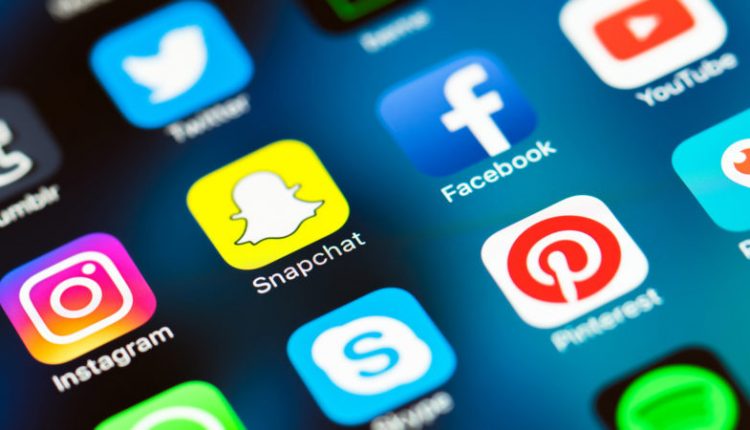From Jobs To Vacations, Weak-Tie Links Via Social Media Can Sail One Through
Almost 50 years ago, in 1973, a sociology professor at Stanford University published a paper titled “The Strength of Weak Ties” that changed the way we think about relationships.
In this paper, Professor Mark Granovetter argued that contrary to popular assumption that an individual’s well-being depends mainly on the quality of relationships with close friends and family, quantity of relationships matters too.
Simply put, it is not just our close friends and family who can affect our well-being, but also the number of acquaintances we have and the interactions that we have with them.
For his paper, Granovetter surveyed 282 Boston-based workers and found that while most of them got their jobs through someone they knew, only a minority got the job through a close friend. As a matter of fact, more than 80 per cent got their job through casual contacts whom they met only occasionally.
One factor why this occurred was that the people we spend a lot of time with swim in the same pool of information as we do. It is those outside this network that can inform us of opportunities from beyond our immediate circles — hence the more of those acquaintances we have, the better.
Increasing Acquaintances
Over the last decade, the rise of the Internet and social media has helped almost everyone to exponentially increase the number of our weak-tie links.
Starting with reconnecting with long lost classmates from school and college, our networks began including their friends as well as alumni of these institutions, and suddenly, our network of acquaintances began to reach hundreds or even thousands of people.
And this is where the magic began — it became easy for almost everyone to understand and use the power of networking.
Be it seeking advice on where to go on the next vacation, to seeking help in finding another job, we have begun to depend upon our Weak-Tie links for assistance.
The COVID-19 pandemic placed unprecedented demands on our mental health. As social beings, we depend upon interactions with others of our species for our well-being. Being suddenly told to not venture out of our homes or meet with our friends disrupted our regular habits and after the first couple of days, when the novelty wore off, caused an increase in stress levels that had the potential to be very harmful.
This is where social media and weak-tie links provided the much-needed release. From sharing experiences, to support in finding plasma for loved ones, our weak-tie networks built through social media rose up to the challenge. People we had never met or even spoken to came forward to help; something that we could never even imagine a few years back.
Put Me In Touch
One of the best examples of the power of weak-tie links is in the way alumni networks have leveraged social media.
Most of the successful alumni networks have what is called a PMIT group. Standing for ‘Put Me In Touch’, this group helps members reach out to those with whom they are not directly in contact with.
A common request would be like: “Please PMIT with someone in the Purchase department of XYZ company”. Or “Please PMIT with someone in ABC bank who could help me resolve an issue with my loan”.
If my experience with the XIMB PMIT group is any indicator, the help that one can get is extraordinary, and I am sure that is the case elsewhere too.
Similarly, there are career-related groups where posts about opportunities are made as well as requests for help in finding new jobs.
Six Degrees of Separation
In the pre-social media era, one of the most prevalent theories on networks and connections was the ‘Six Degrees of Separation’ model. Originally set out in 1929 by Frigyes Karinthy, a Hungarian author, playwright, poet and journalist, it postulated that every person in this world is on average, six, or fewer, social connections away from any other person. It is sometimes generalized to the average social distance being logarithmic in the size of the population.
With the growth in technology, this figure of six has come down and today, it is actually possible to connect directly with any other person, if both are on the same social media platform.
True, the relationship thus formed would most likely be Weak-Tie, but even so, can be of great help in negotiating the challenges we face in today’s world and is thus a part of the new age support system.
ALSO READ: Over Seven Lakh Delhi Govt School Students To Get Lessons On Responsible Use Of Social Media


Comments are closed.